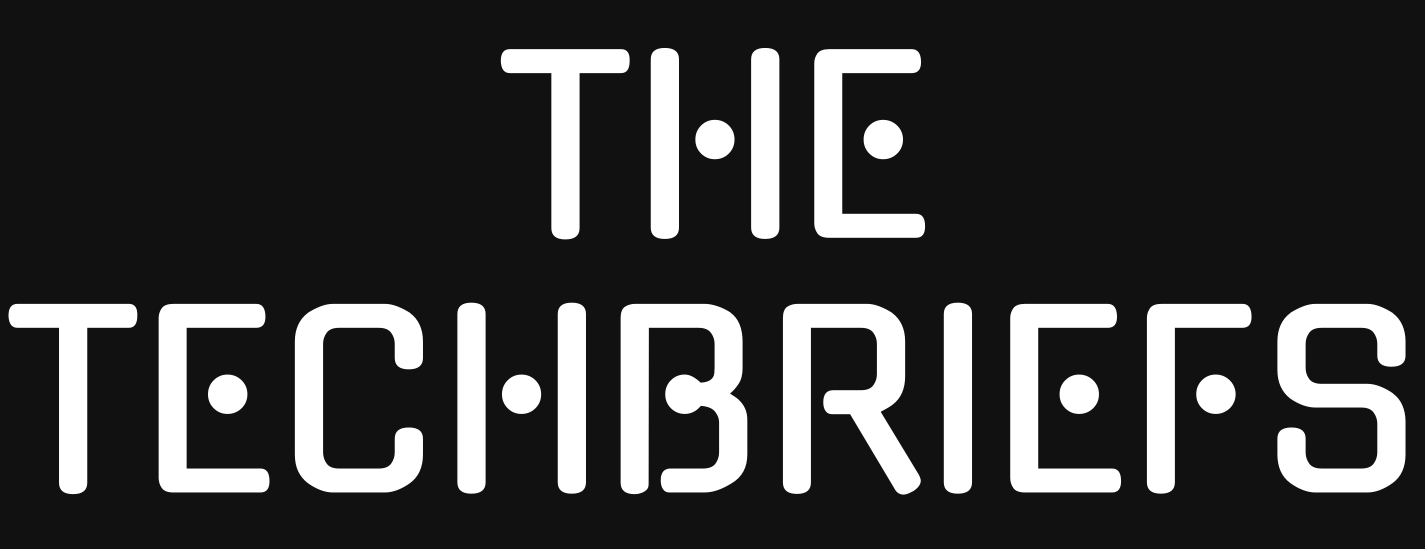Deploying large language model (LLM)-based agents in production settings often reveals critical reliability issues. Accurately identifying the causes of agent failures and implementing proactive self-correction mechanisms is essential. Recent analysis by Atla on the publicly available τ-Bench benchmark provides granular insights into agent failures, moving beyond traditional aggregate success metrics and highlighting Atla’s EvalToolbox approach.
Conventional evaluation practices typically rely on aggregate success rates, offering minimal actionable insights into actual performance reliability. These methods necessitate manual reviews of extensive logs to diagnose issues—an impractical approach as deployments scale. Relying solely on success rates, such as 50%, provides insufficient clarity regarding the nature of the remaining unsuccessful interactions, complicating the troubleshooting process.
To address these evaluation gaps, Atla conducted a detailed analysis of τ-Bench—a benchmark specifically designed to examine tool-agent-user interactions. This analysis systematically identified and categorized agent workflow failures within τ-retail, a subset focusing on retail customer service interactions.
Explore a preview of the Atla EvalToolbox (launching soon) here, and sign up to join Atla’s user community. If you would like to learn more, book a call with the Atla team.
A detailed evaluation of τ-retail highlighted key failure categories:
- Workflow Errors, predominantly characterized by “Wrong Action” scenarios, where agents failed to execute necessary tasks.
- User Interaction Errors, particularly the provision of “Wrong Information,” emerged as the most frequent failure type.
- Tool Errors, where correct tools were utilized incorrectly due to erroneous parameters, constituted another significant failure mode.
A critical distinction from this benchmark is the categorization of errors into terminal failures (irrecoverable) and recoverable failures. Terminal failures significantly outnumber recoverable errors, illustrating the limitations inherent in agent self-correction without guided intervention.
Here’s an example where an agent makes a “wrong information” failure:
